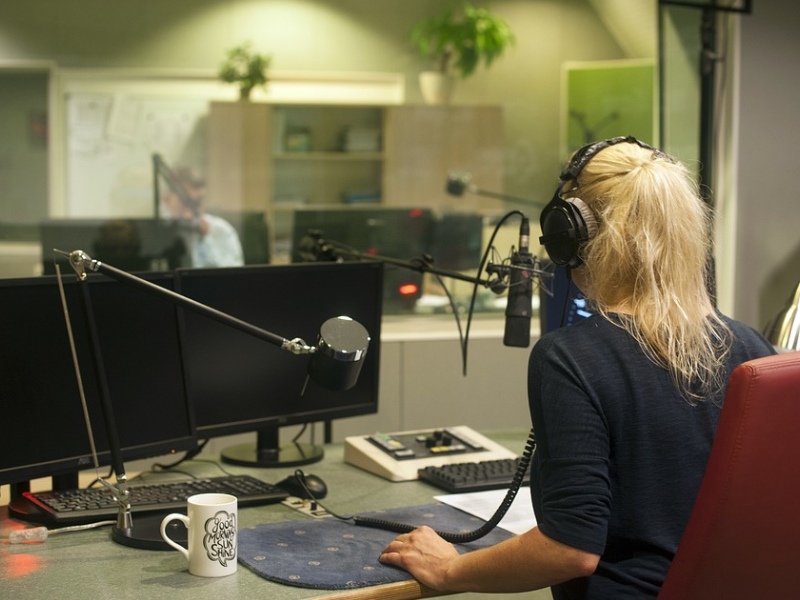What’s happening:
On October 15, a News Impact Summit was held in Cardiff, Wales, to bring local news organisations from around the world together to identify effective ways to engage with their communities. The free event was organised by the European Journalism Centre and sponsored by the Google News Initiative. With the theme “Local News & Community Engagement,” the summit included an array of talks and breakout sessions focused on examples of how local newsrooms, in multiple countries, are developing new products and routines to better inform and connect with their communities.
Why it matters:
The future of local news has been an intensely studied topic, with recent reports returning findings such as:
- An analysis of more than 16,000 news stories in 100 U.S. communities found that only 56% address critical information needs.
- A study chronicling the expansion of “news deserts” showed the loss of about 1,800 metro and community newspapers since 2004.
- Research investigated how the hyperlocal news site The Ohio County Monitor used existing communication spaces to engage with local readers in small-town and rural Kentucky.
In the U.S. and the U.K., particularly, local newspapers have seen declining revenues over the past few decades — while at the same time having to compete with Google and Facebook for advertising revenue. At the same time, a new wave of hyper-local news sites have emerged to fill the void, especially in the U.K.
Key topics at the News Impact Summit included:
New models for journalism
The Bureau of Investigative Journalism’s Bureau Local, a collaborative investigative network launched in March 2017, emphasised the need for new models to ensure local journalists can continue to seek truth and pursue public-interest reporting. Director Megan Lucero highlighted three key trends:
- Traditional models are collapsing;
- Digitised information changes the depth and breadth reporters can offer on issues;
- Access to that information and determining what to do with it can be overwhelming for already resource-strapped local journalists.
“We’re not coming in to fix or save local news but to stand by their side,” Lucero said, noting that accountability journalism requires participation from a variety of players.
Transformation to online news distribution
A panel conversation, The Digital Transition of Local News, was also held with representatives from UK local newspaper publishers. Panelists discussed the ways in which the movement to online news distribution has significantly changed their approaches to news production, including:
- The quest for scale in audience reach
- Efforts to centralise production of digital articles and videos
- The functions of social media, particularly Facebook, for news distribution, audience engagement, and story tips
- Differences in audiences in print and online
- Ways local newspapers aim to remain involved in their communities, such as events
- Changes to business models, such as the incorporation of paywalls.
Empowering locals to tell their own stories
Andrea Faye Hart, co-founder and director of community engagement for City Bureau in Chicago, gave the keynote discussion on how her journalism lab has focused on empowering locals to tell their own stories, particularly to provide counter-narratives to the local news coming from primarily white, male urban newsrooms.
Hart said that the success of City Bureau demonstrates that people are hungry for a new kind of journalism that is more democratic, open to listening to community members, publishes at a slower pace to delve into issues, and presents solutions as well as problems.
Content from our partners
“We need to humanise the institution of journalism as a whole,” Hart said.
The bottom line:
The News Impact Summit highlighted a range of outlets focused on producing local news coverage, from longstanding newspapers to hyper-local websites and collaborative start-ups. The summit addressed the common aims and diversified approaches of these various organisations, delving into topics including editorial content, digital growth, business models, and audience relationships. Speakers seemed united in their desire to continue to develop new approaches to delivering useful and engaging content to local readers.












